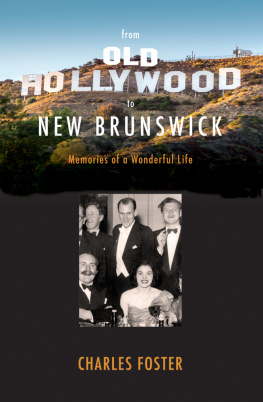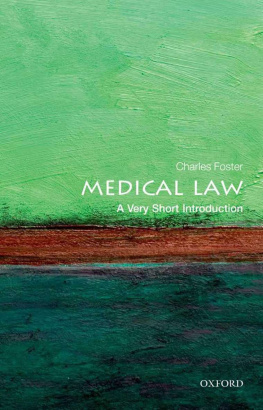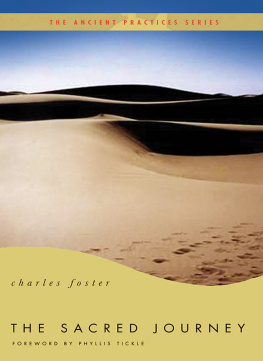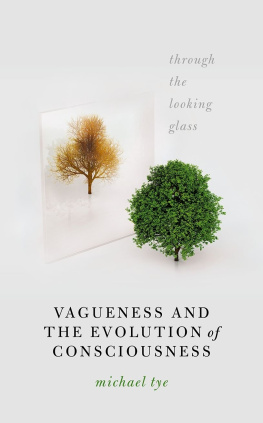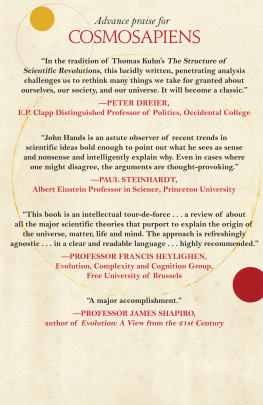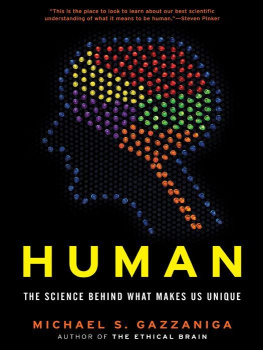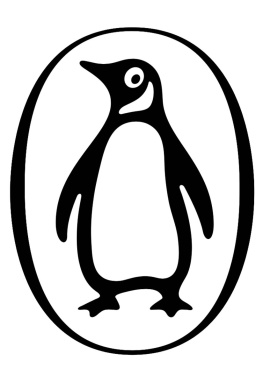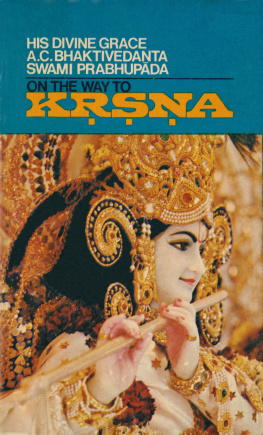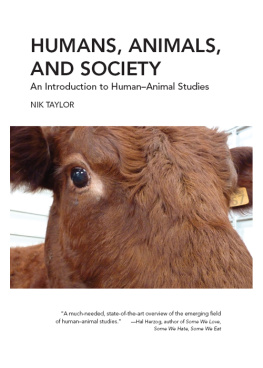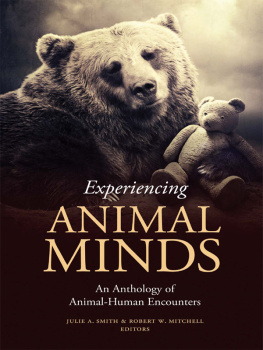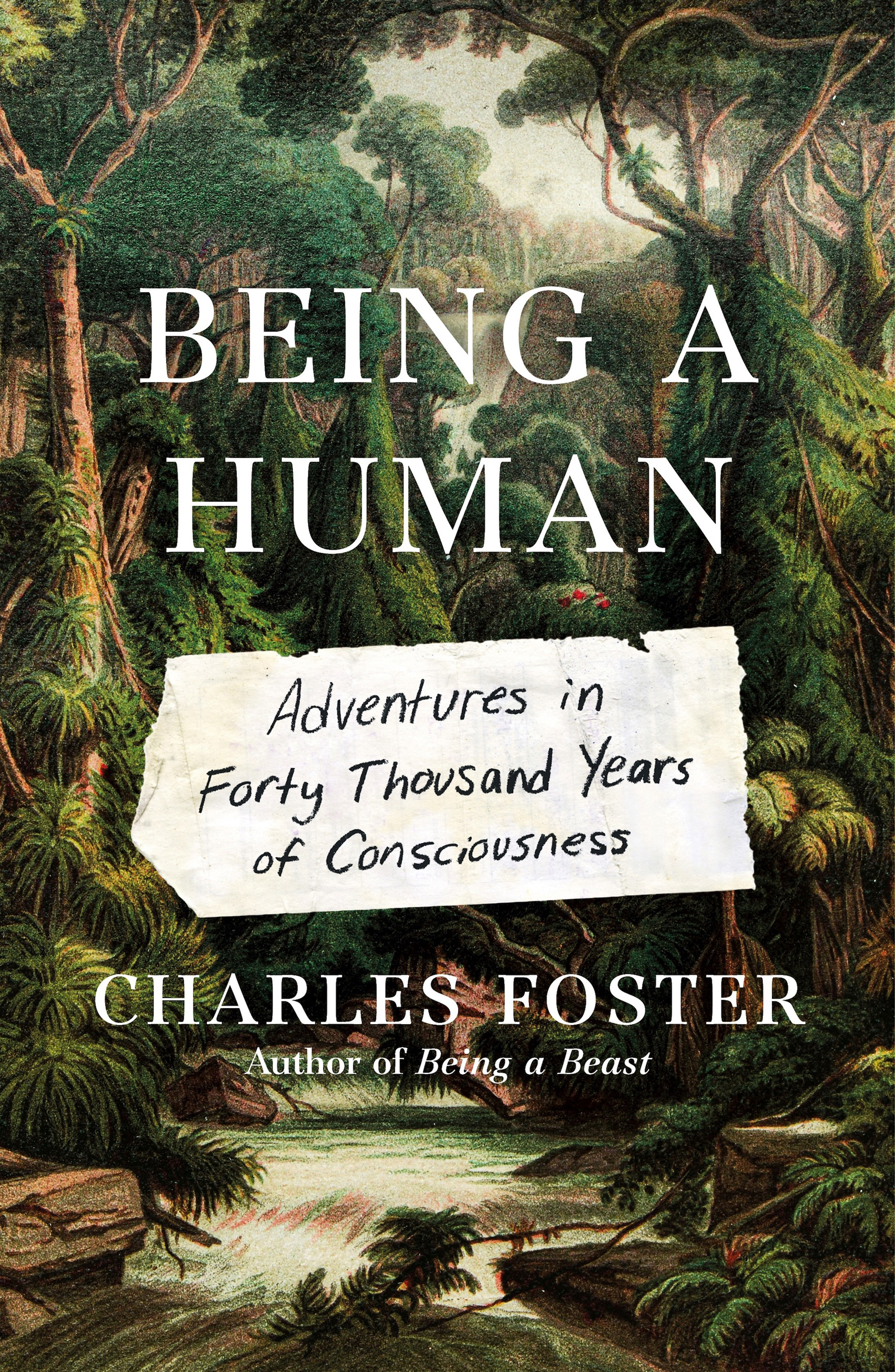Contents
Guide
Pagebreaks of the print version

The author and publisher have provided this e-book to you for your personal use only. You may not make this e-book publicly available in any way. Copyright infringement is against the law. If you believe the copy of this e-book you are reading infringes on the authors copyright, please notify the publisher at: us.macmillanusa.com/piracy.
To my beloved father and mother, in the hope that we can find a common language in which to talk about the great adventure of being human.
Im looking for the face I had
Before the world was made.
W. B. Yeats
Few of us have any idea what sort of creatures we are.
If we dont know what we are, how can we know how we should act? How can we know what will really make us happy; what will make us thrive? This book is my attempt to find out what humans are. It matters urgently to me because, despite what my children tell me, I am a human.
I thought that if I knew where I came from, that might shed some light on what I am.
I cant inhabit all human history. I cant even inhabit my own. So I have tried to inhabit three pivotal times by immersing myself in the sensations, places and ideas that characterised them. Its a prolonged thought experiment and non-thought experiment, set in woods, waves, moorlands, schools, abattoirs, wattle-and-daub huts, hospitals, rivers, cemeteries, caves, farms, kitchens, the bodies of crows, museums, beaches, laboratories, medieval dining halls, Basque eating-houses, fox-hunts, temples, deserted Middle Eastern cities and shamans caravans.
The first of those times is the early upper Palaeolithic (from around 35,00040,000 years ago), when behavioural modernity appeared. This is a confusing label. As we will see, todays humans behave (even if they dont think or feel) in a dramatically different way from upper Palaeolithic huntergatherers. Just what is meant by behavioural modernity, and where it evolved, are bitterly contentious, but the arguments dont matter for my purposes.
Huntergatherers were and the few that survive often are wanderers, intimately, reverently and often ecstatically connected to lots of land and many species. They lived long and relatively disease-free lives, and there is little evidence of humanhuman violence. For most, settlement wasnt an option, and even if it had been, it would have been unappealing. Why chew on rusk all your life when you can graze from a vast, succulent and ever-changing buffet?
It was unusual to own much more than a flint knife or a caribou-scrotum pouch. If you knew as much as humans then did about the transience of things, it was ridiculous to assert ownership: the world isnt the sort of place that can be owned, and they (unlike us) thought that humans shouldnt behave in a way inconsistent with the way the world is.
It was a time of leisure. You cant hunt or gather all day and all night. And so, I think, it was a time of reflection, of story, of trying to make sense of things. The earliest human art, on the cave walls of southern Europe, is among the best there has ever been. It is also the most allusive and elusive.
To those who might suggest that this is romantic noble-savagery, for the moment Ill just say that I dont see that the allegation romantic needs a defence. romantic isnt a term of abuse. Quite the opposite. Romantics just take more data into account in construing the world than do their opponents.
The second period is the Neolithic, which is conventionally supposed to have started around 10,00012,000 years ago, and lasted until the dawn of the Bronze Age say 5,300 years ago. Chronology is contentious, and the transitions between phases vary significantly between regions, and of course theres no clear boundary between the different eras.
Some huntergatherers started to settle for some of the year, while continuing to wander for the rest. No doubt they started to manage the land perhaps by planting trees whose fruit they liked to eat long before anything like systematic farming happened. But nonetheless the division was eventually very real. Wanderers stopped wandering. Their geographical world became smaller. They no longer had to know and relate to a huge number of species. They could get by and eventually had to get by by knowing just the cow (a subdued and truncated aurochs) in the field behind the hut, and one species of specialised grass with big seeds. It didnt take long a few thousand years before everything, including humans, was subdued and truncated. The relationship with the natural world was changed from one of awe for, and dependence on, everything to control of a few square feet and a few species.
Although the mental attitude of the Neolithic was hubristic control, the reality was very different. Humans began to be controlled. They had to stay in their settlements: they had to get in the harvest. Settlement brought politics, hierarchy and man-made law. Lives shortened. Pestilence galloped. Bones were distorted by strenuous grinding and lifting. The enslavers of pigs and reapers of corn were themselves enslaved and scythed down. The cycle of the seasons, which had previously propelled them, now ground them down, and they were tyrannised, not enriched, by the law of supply and demand. Leisure vanished. Hubris gets you in the end: ask any Greek. The grand tales of the upper Palaeolithic were codified and constricted into the priest-curated stories of Stonehenge. Codification and constriction strangle the mind. Thoughts as well as sheep were corralled. We see the marks of strangulation in the art. Neolithic art is less accomplished, nuanced and evocative than the upper Palaeolithic art that preceded it. In the Neolithic we started to get boring and miserable.
The final period, in which, despite some spirited resistance, we still are, is the ironically named Enlightenment. The Enlightenment continued and systematised the revolution that had begun in the Neolithic. The divorce proceedings between humans and the natural world, filed in the Neolithic, were completed. The decree nisi was the corpus of Descartess writing; the decree absolute was signed by Kant. The result was the systematic desoulment of the universe. Until then (and, yes, even in the Abrahamic monotheisms) everything had been pregnant with some sort of soul. Aristotle had insisted on it, Eastern Orthodoxy never doubted it for a moment, St Thomas Aquinas made it canonical for Catholics, the kabbalists catalogued it, and the Sufis danced it.
The Enlightenment abolished souls from the non-human world. The universe was now a machine, governed not by some embodied essence, but by the laws of nature. Laws are a lot less interesting than essences.
Because the Enlightenment was, at the beginning, a revolution in Christian brains, humans were allowed to hang on to their souls for a while. But not for long: soon we were left as machines in a machine. The slogan rage against the machine shows a very precise understanding of what has happened since the seventeenth century.
Darwin might have mitigated some of the disaster. He reminded us that were part of the natural world which was the central insight of the upper Palaeolithic. That, properly handled, could have generated a fitting humility. But, by and large, this part of Darwins message was transmuted into a cynical and dangerous nothing-buttery. He was (wrongly) heard to say that humans are nothing but cogs in the machine: that there is nothing but matter, and so nothing matters. It was a recipe for low self-esteem and wanton environmental destruction. It might be wrong to kill something that has a soul: theres nothing obviously immoral about smashing up a machine.


